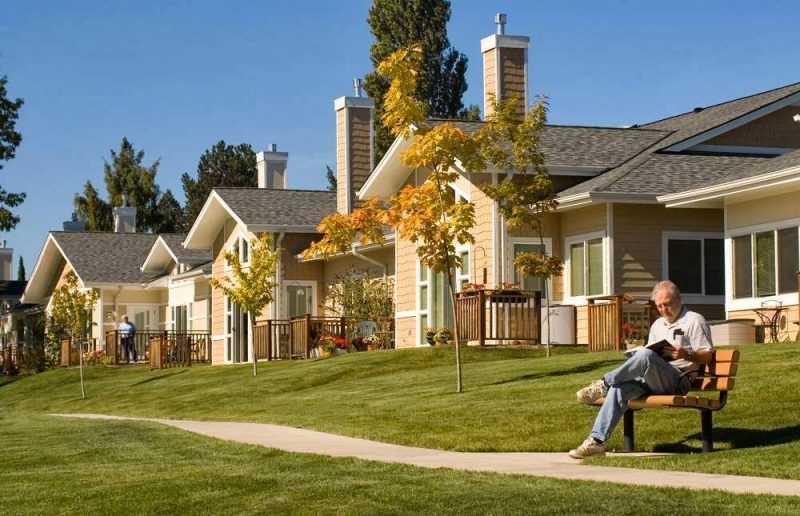Large retirement communities are being challenged by a new wave of retirees who are showing less interest in the sprawling housing developments that were built for them. Instead, today’s retirees are showing a desire for more customized housing options that fit their active lifestyle.
The idea of retirement communities isn’t disappearing, but it’s shifting in design and location, CNBC reports. For example, just prior to the pandemic, more retirement communities were popping up near college campuses so that seniors could continue lifelong learning.
Retirees want to maintain active lifestyles. “In some cases, you’ll have a lifestyle director, who acts like a concierge, who will coordinate different activities within the different clubs inside the community. ... People are seeking a new adventure for a phase in their lives,” Jane Marie O’Connor of 55+, a consultant firm that works with builders and developers on senior housing and lifestyles, told CNBC. “Retirees are no longer relegated to southern weather. They want a community where they can be active among like-minded peers.”
They’re also desiring more customization than a traditional cookie-cutter retirement community. “Over the last six months, we’ve seen an emphasis on outdoor space,” O’Connor says.
Communities that cater to this more active retirement lifestyle are also helping seniors to combat loneliness—“the biggest threat to our resident’s health,” Amy Schectman, president and CEO of 2LifeCommunities, which serves about 1,500 seniors in the Boston area, told CNBC. “Our answer to isolation is community. Our residents want the combination of privacy when they want and the community at their doorstep.”
Source: “The New Retirement Living: More Baby Boomers Shun Housing Mega-Developments,” CNBC (Sept. 21, 2020)













